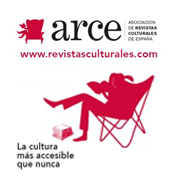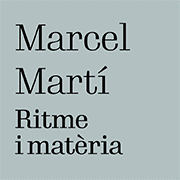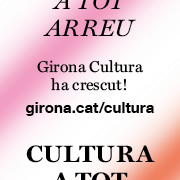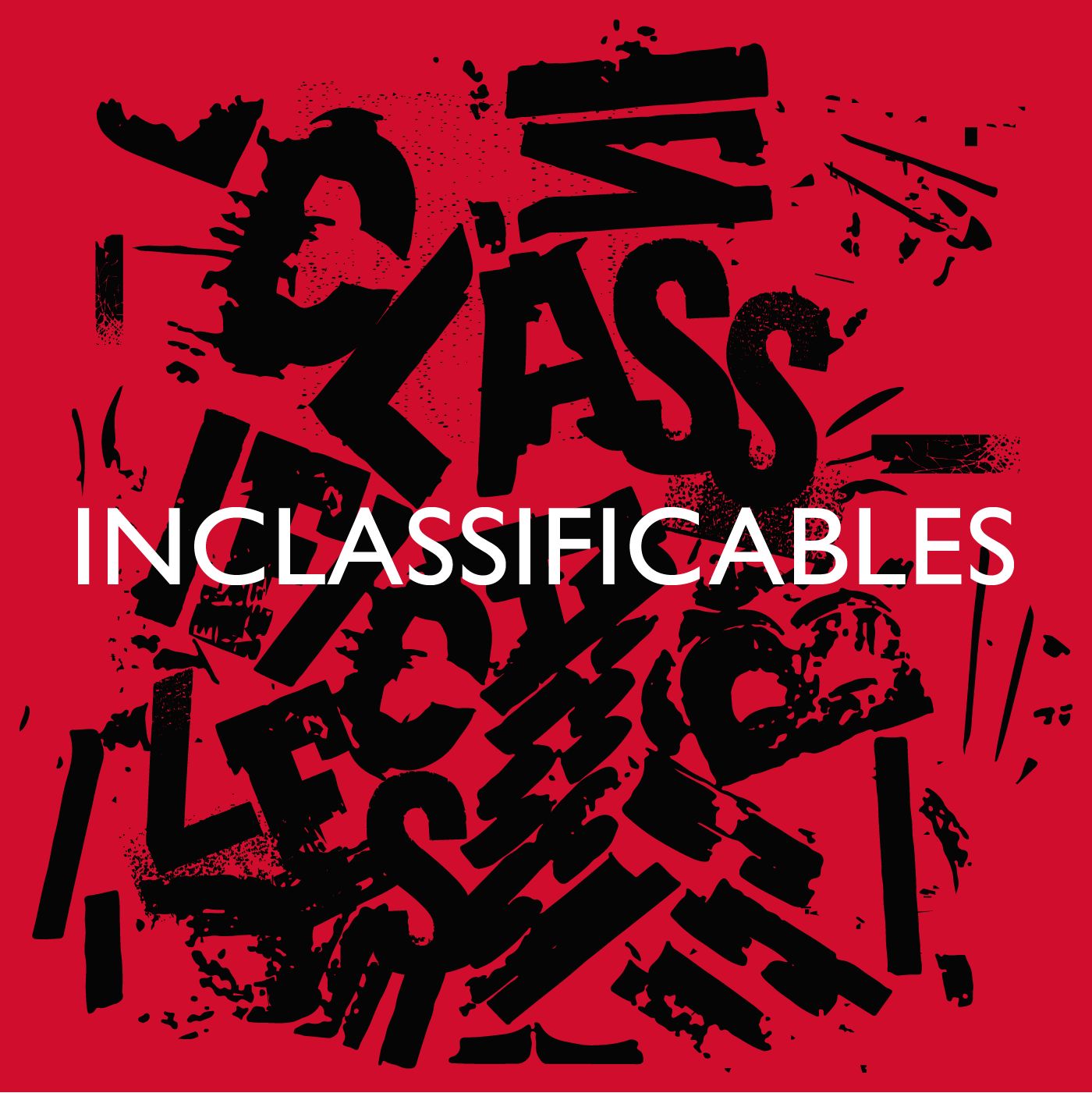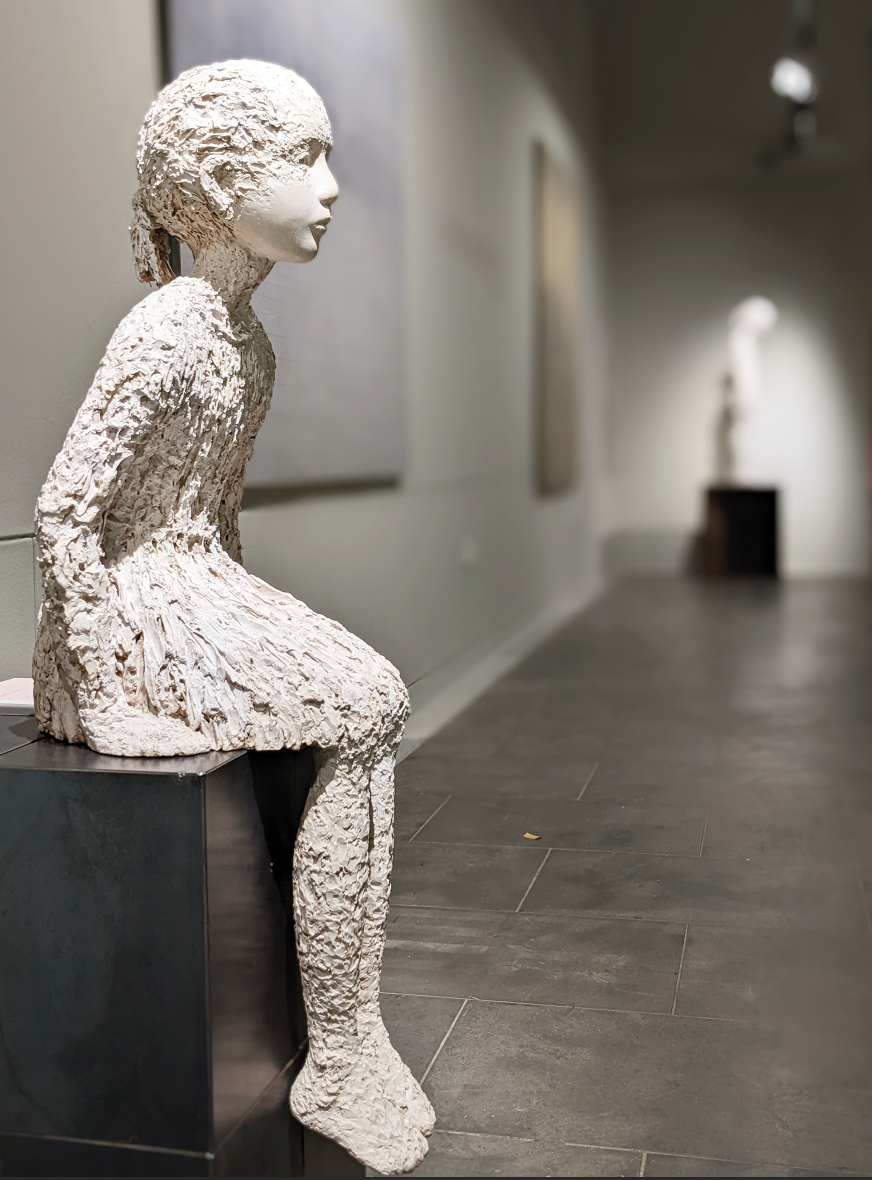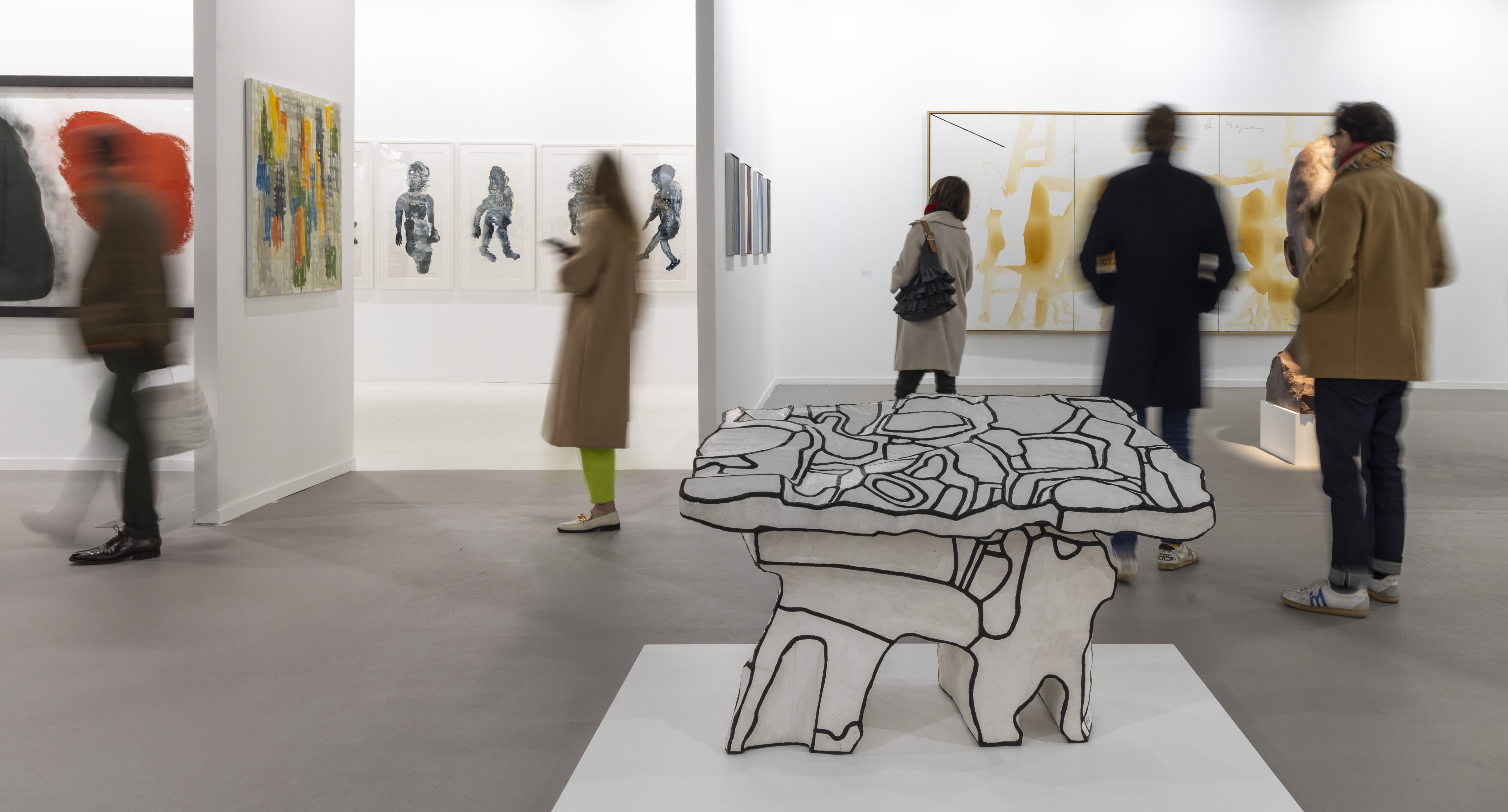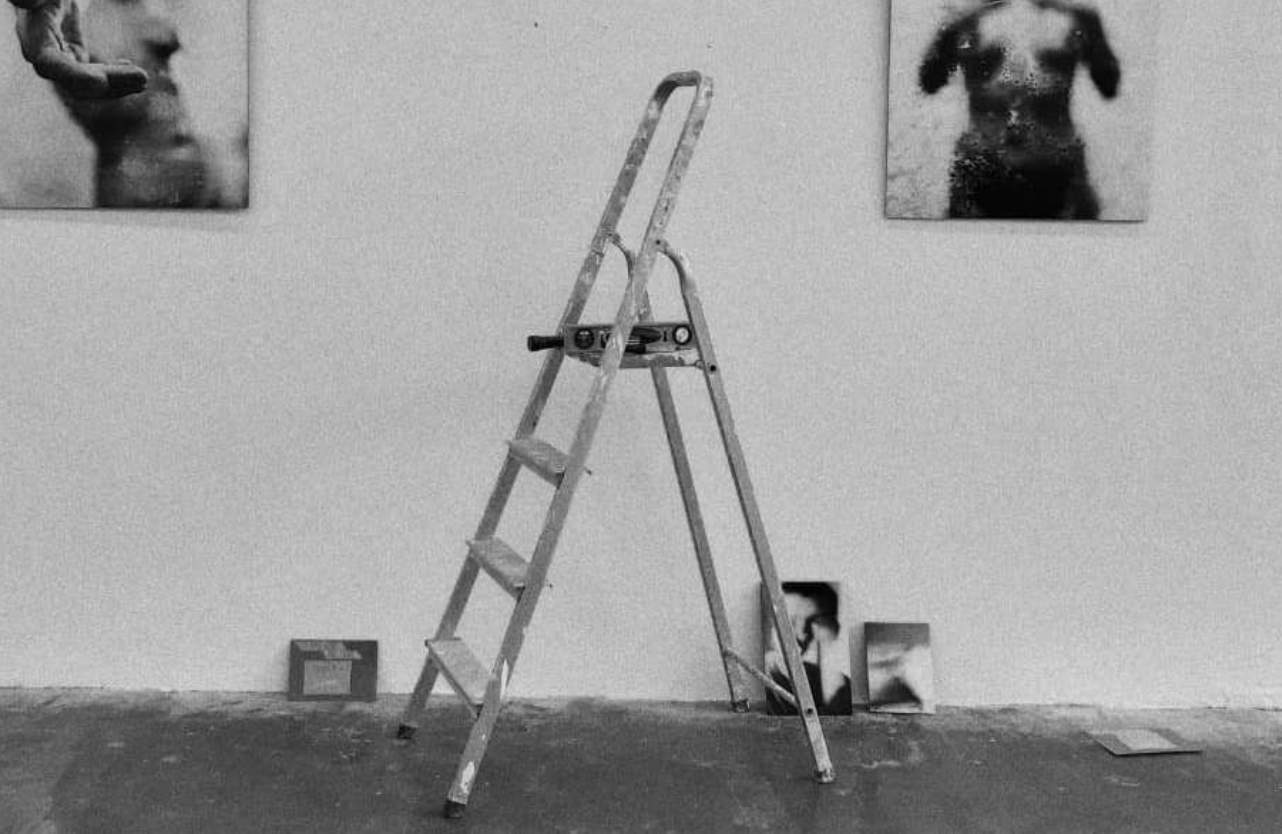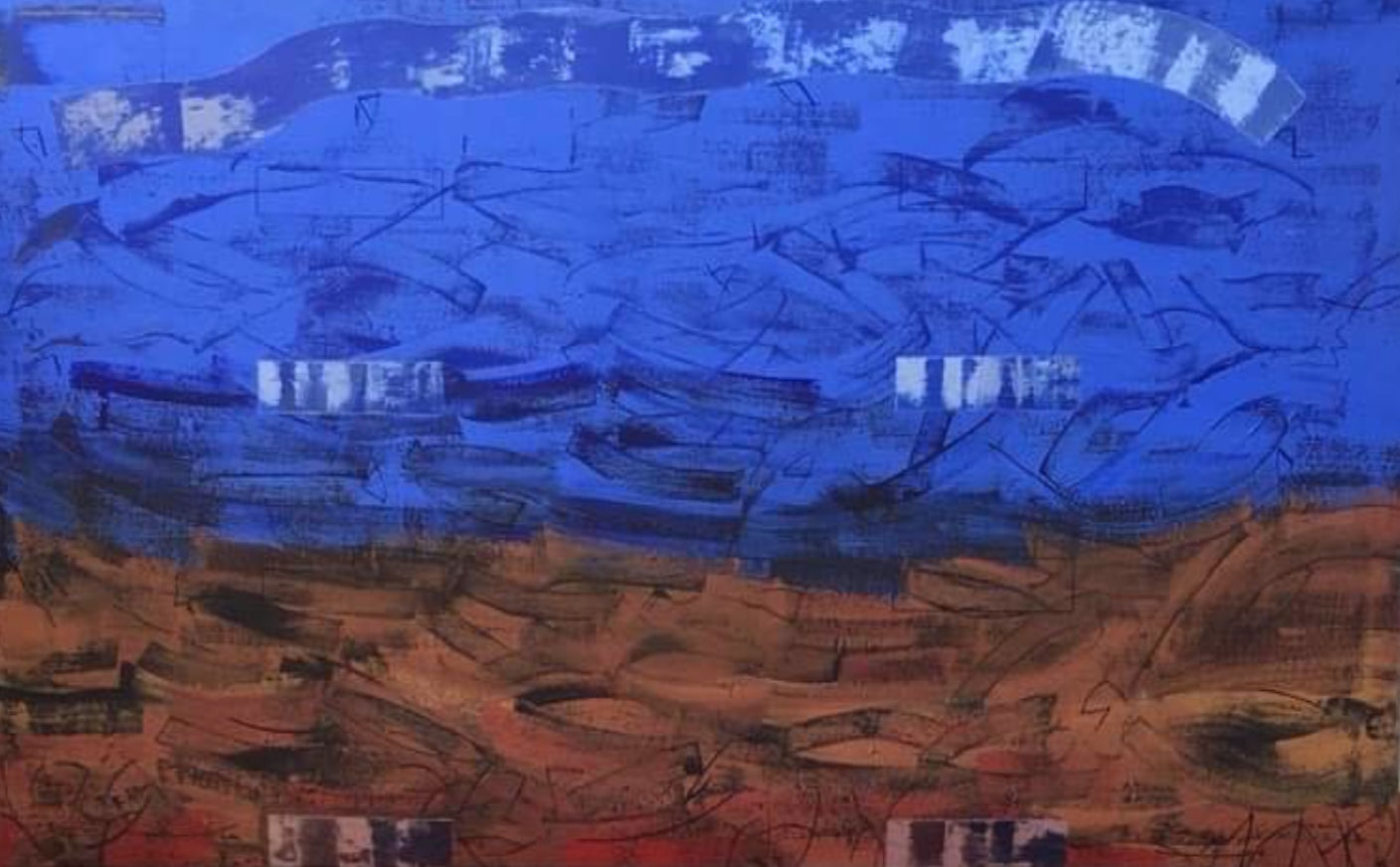interviews
Jusèp Boya Director of the Museum of Archeology of Catalonia
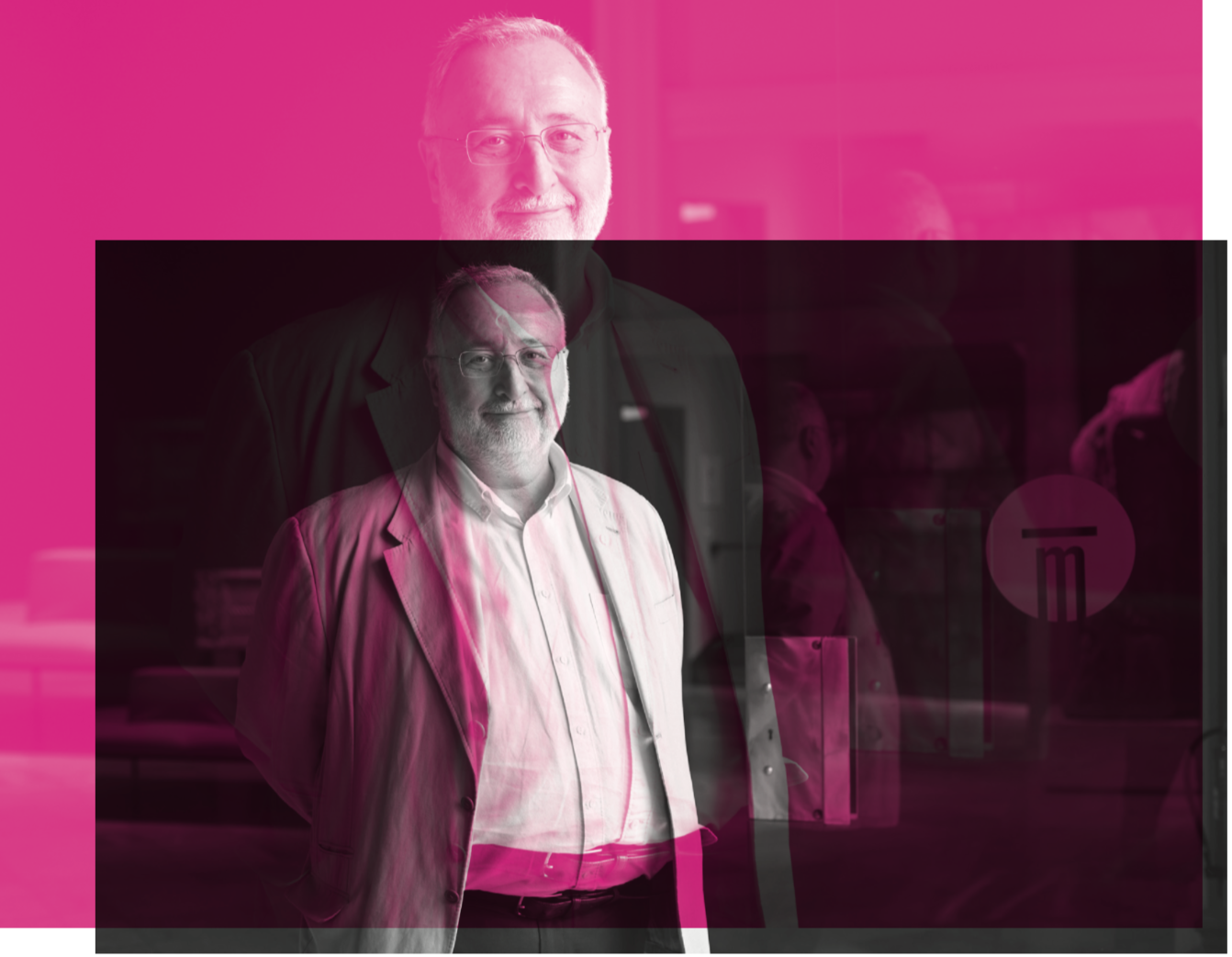
Jusèp Boya Busquet (Les, Val d'Aran, 1960) is a historian and museologist. Graduated in geography and history from the UB, specializing in medieval history, he studied museology and cultural heritage conservation and management at the University of Montreal, in Quebec. He has been director of the Museum of the History of Catalonia and in 2016 he was appointed director general of Archives, Libraries, Museums and Heritage of the Generalitat de Catalunya. Since the end of 2018, he has been director of the Museum of Archeology of Catalonia, which he wants to relaunch.
What is the founding spirit of the MAC?
The historical framework refers us to the MAC of 1932, which in turn became one of the archaeological projects of the Commonwealth of Catalonia. As early as 1914, the Museum of Art and Archeology existed, created from the work of the Catalan Museums Board and the IEC's Archaeological Research Service. In 1932, the two collections were separated: the Museum of Art of Catalonia and the Museum of Archeology of Catalonia were created, which ended up in the Palau de les Arts Gràfiques in Montjuïc. This founding process was frustrated by the Civil War. In 1938 and 1939, in a war context, part of the collections were relocated first to Darnius and then to Switzerland. The famous Aesculapius of Empúries went to Geneva until 1939, and with the victory of the nationals he returned, although the museum lost the national dimension that the Republican Generalitat had given it to become a provincial museum depending on the Provincial Council of Barcelona. The Museums Law of 1990 recovers the national dimension of the MAC and expands it by adding a series of centers that depended on other delegations; specifically, in the case of Girona it incorporates the ruins of Ullastret and the Archaeological Museum of Sant Pere de Galligants, and in Barcelona, the monumental complex of Olèrdola. From these centres, Empúries, Ullastret, Olèrdola, Girona and the historical building of Les Cotxeres, the current MAC appears. In 1994, the Center for Underwater Archeology of Catalonia was added, which had been created two years earlier and which already existed in the Diputació de Girona.
The mandate of the Museums Act is clear. How is it specified?
It is necessary to adapt the history that had blurred the original meaning of the project and it is necessary to incorporate the MAC into contemporaneity, because it is a model that had suffered significant abandonment in terms of investments and there had been no conceptual or museographic renewal. How did we tackle it? With a Strategic Plan with a 2025-2030 horizon to decide where the museum wants to go. This center must be of national and international reference. We want an open and participatory, popular and sustainable museum. This museum has the archeology discipline as a straw man, but an archeology that, at the same time that it teaches us about the past, must help us to ask ourselves questions, to question our concepts. Archeology teaches, questions, inspires and excites. I like to summarize it in a concept of kindness. What I want is a friendly museum in the sense that it is accessible from both a physical and an intellectual point of view. We must speak a language that is not that of the specialists but that of the people on the street.
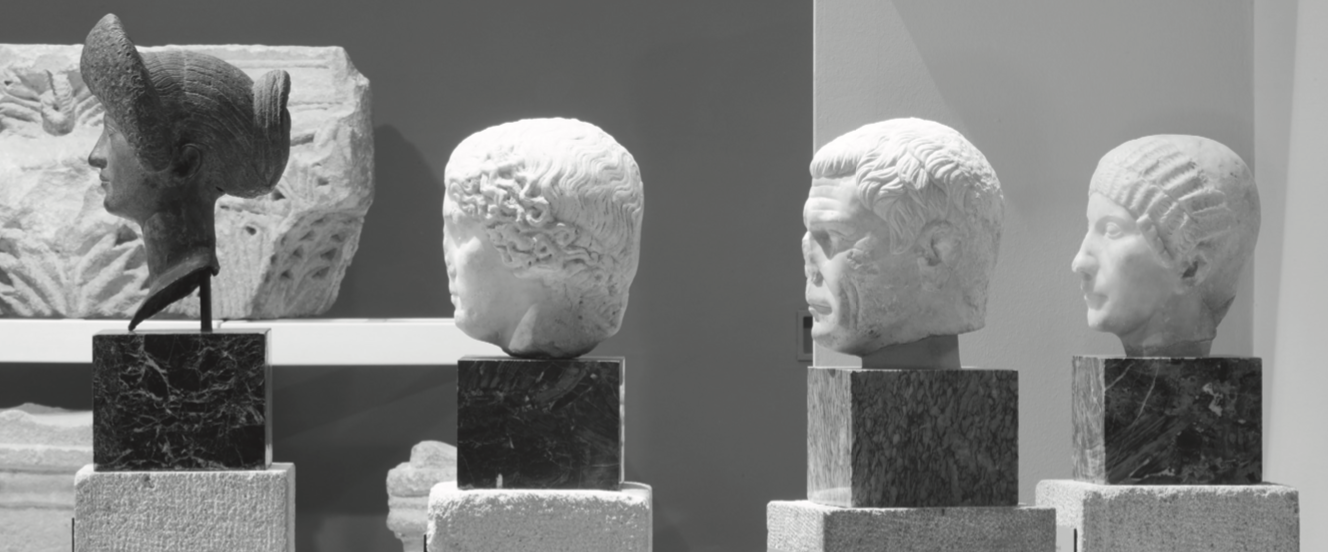
And how is this done?
Achieving museum renewal both in its conceptual and physical dimensions. This is what we are working on, and we will achieve the first part of this goal at the beginning of the year with the opening of the new Empúries Museum. In Barcelona, we have started the entire process of reforming the house's permanent exhibitions. We will inaugurate an exhibition called Imperium. Roman Histories , a new presentation of the museum's Roman collections. We are rethinking Sant Pere de Galligants. And obviously with the other exhibitions dedicated to prehistory, for 2025, and the Iberian world, for the following year.
In these years he has been preparing the new MAC.
We have done a series of preliminary tests based on the temporary exhibitions. With themes that have as a guiding thread the heritage and links of the Mediterranean and that translate a glocal vision: local and global. The dialogue between Catalonia's own history and heritage that we preserve in our museum and, on the other hand, the heritage and histories of wider cultural and geographical frameworks such as the Iberian Peninsula or the Mediterranean itself. In 2020 we held the Art Primer exhibition. Artists of prehistory , which focused a lot on the rock art typical of the Mediterranean region. Also The Iberian Riddle. Archeology of a civilization , with this idea of talking about this civilization of the Iberian peninsula of which the Museum in Barcelona has very important collections. And the third is Naufragis. História submergida , an exhibition that explains the thirty years of work carried out by the Underwater Archeology Centre. These exhibitions have served us to experiment in the construction of a new museographic language that gives great importance to audiovisual resources so that we create immersive atmospheres.
To do this you need a budget.
It can only be done on a budget. Two thirds of the budget, which at the moment is close to five million, is for the personnel chapter and ordinary expenses: light, surveillance, security. Therefore, what we have to make exhibitions is very little. Insufficient? Yes, if we compare with European standards. We are far from the budget we had in 2006, which was seven million. The cuts took their toll. There has been growth, but if we compare ourselves to other archeology museums in the Mediterranean, we are far from what should be.
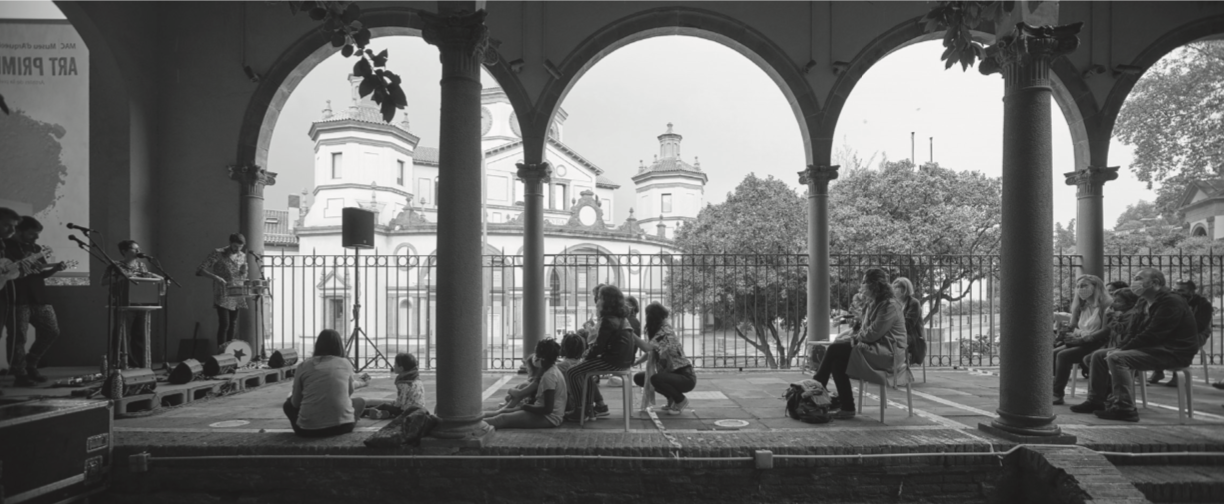 Fotografia: ®Pepo Segura
Fotografia: ®Pepo Segura
The eternal problem of money destined for culture.
There is a change, and I notice it in the will of the Minister of Culture. I am very happy with his attitude and his vision, but we have not yet reached 2% of the Generalitat's overall budget for Culture. And within this 2%, heritage is not one of the most favored sectors. There are traditions that place the visual arts or cinema in a priority range that heritage does not have. Making a museum requires time and large investments. I was recently in Narbonne, at the new Museum of Romanity, a ten thousand square meter project with a cost of 59 million euros. This figure in Catalonia is unthinkable. To play in the first league, without counting the four biggest museums, Picasso, MNAC, MACBA and Miró, it is very cold in the rest of the country.
Are we interested in our heritage? How should we sell it to schools?
The covid has been a blow of the axe. Then the products we offer do not take enough into account the new tastes of the majority of cultural consumers. We have not been able to make investments for the necessary changes. Cultural training has been neglected in this country for years. Many schools have financial difficulties to access museums. A school in Val d'Aran, in my country, that wants to go to Empúries, the great place of Greek history in Catalonia, needs two days of travel by coach. Who pays for all this? We have a series of difficulties in cultural use because there is not enough aid in the education sector so that they can learn about heritage. If we do not build the hobbies and tastes of these children, who must be the cultural consumers of the future, we have a problem. There are other factors involved, such as the disconnection of the new generations with the physical world because they pour themselves into the virtual world. And in our case, there is a product, communication problem, especially in the youth segment.
And what to do?
One of the lines of work is the relationship between heritage and the visual arts. We are preparing, for the years 23-24, an exhibition of the Majorcan photographer Toni Catany and we would like to address other aspects of contemporaneity with creators who can present work in dialogue with our collections and our sites. A desire included in the Strategic Plan that we are not promoting because there are other emergencies. I can't consider product development if I haven't managed to make MAC accessible before. Nor is it exclusively a problem of money, it has to do with a team problem, of having enough people to do this work of cultural action so intense and with a different profile. Most of the people I work with come from the world of archeology and we are away from the visual arts. There is a need for transformation in the future, to integrate new professional profiles into the museum team that allow this approach to the digital world. The museum must be more hybrid, more open, and there must be ways of seeing and doing different from the traditional ones.

